Home>Furniture & Design>Bathroom Accessories>The Acidity Of What Food Works To Remove Bathtub Grime?
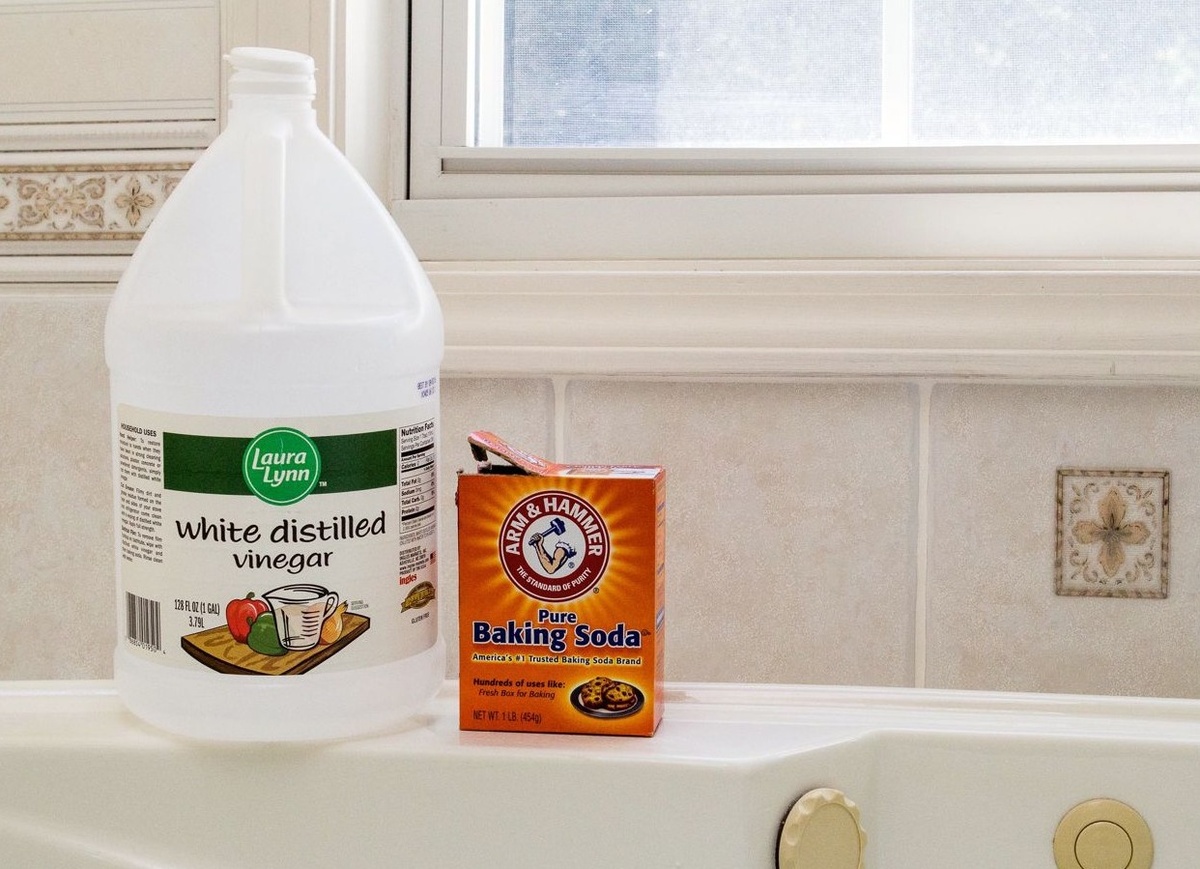

Bathroom Accessories
The Acidity Of What Food Works To Remove Bathtub Grime?
Modified: August 27, 2024
Discover how the acidity of certain bathroom accessories can effectively remove bathtub grime. Find out which food works best and how to use it.
(Many of the links in this article redirect to a specific reviewed product. Your purchase of these products through affiliate links helps to generate commission for Storables.com, at no extra cost. Learn more)
Introduction
When it comes to maintaining a clean and inviting bathroom, tackling bathtub grime is often a top priority. Over time, soap scum, mineral deposits, and body oils can accumulate on the surface of the bathtub, creating an unsightly and unhygienic environment. While there are numerous commercial cleaning products available, many individuals are seeking natural and eco-friendly alternatives to keep their bathtubs sparkling clean. This has led to a growing interest in using household items, particularly those with high acidity, to effectively remove stubborn grime and restore the bathtub's pristine appearance.
In this comprehensive guide, we will delve into the fascinating world of using acidic foods to combat bathtub grime. From understanding the nature of bathtub grime to exploring the role of acidity in its removal, we will uncover the potential of everyday kitchen staples to serve as powerful cleaning agents. Furthermore, we will provide valuable insights into the precautions and tips for using acidic foods for cleaning, ensuring that you can achieve remarkable results while safeguarding the integrity of your bathtub and your well-being.
By the end of this article, you will be equipped with the knowledge and confidence to harness the natural cleaning prowess of acidic foods, transforming your bathroom cleaning routine into a sustainable and effective endeavor. Let's embark on this enlightening journey to discover the remarkable impact of acidity on banishing bathtub grime and revitalizing your bathing sanctuary.
Key Takeaways:
- Say goodbye to bathtub grime by using acidic foods like white vinegar, lemon juice, and apple cider vinegar. They dissolve stubborn residue and disinfect, leaving your bathtub sparkling clean and inviting.
- When using acidic foods for cleaning, remember to spot test, dilute, ventilate, and protect yourself. These natural cleaning agents offer a sustainable and effective way to keep your bathtub pristine while prioritizing safety and well-being.
Read more: How To Get Grime Out Of A Bathtub
Understanding Bathtub Grime
Bathtub grime is a common nuisance that plagues many households, often manifesting as a stubborn layer of residue on the bathtub's surface. This accumulation typically comprises a combination of soap scum, mineral deposits, body oils, and other impurities that gradually adhere to the bathtub over time. The humid and damp environment of the bathroom provides an ideal breeding ground for these substances, allowing them to congeal and solidify, thereby forming an unsightly and challenging layer of grime.
Soap scum, a prevalent component of bathtub grime, is formed when the fatty acids in soap interact with minerals in water, resulting in a sticky, filmy residue. This residue can trap dirt and impurities, contributing to the overall buildup of grime on the bathtub's surface. Additionally, mineral deposits from hard water can further exacerbate the problem, leaving behind unsightly stains and a rough texture that detracts from the bathtub's aesthetic appeal.
Furthermore, the natural oils and residues from the human body, combined with the accumulation of dirt and skin cells, contribute to the formation of bathtub grime. These organic substances can adhere to the bathtub's surface, creating a layer that is challenging to remove through regular cleaning methods.
Understanding the composition and origins of bathtub grime is crucial for devising effective cleaning strategies. By recognizing the nature of the substances that contribute to grime buildup, individuals can make informed decisions regarding the most suitable cleaning agents and methods to restore their bathtubs to a pristine condition. This knowledge also underscores the importance of regular maintenance and proactive cleaning practices to prevent the accumulation of grime and preserve the cleanliness and hygiene of the bathroom environment.
In the subsequent sections, we will explore the role of acidity in combating bathtub grime, shedding light on the remarkable potential of acidic foods as natural cleaning agents. By harnessing the power of acidity, individuals can effectively address the challenges posed by bathtub grime, paving the way for a revitalized and inviting bathing space.
The Role of Acidity in Removing Bathtub Grime
Acidity plays a pivotal role in the removal of bathtub grime, offering a natural and effective solution to combat stubborn residue and restore the bathtub's pristine condition. The inherent properties of acidic substances enable them to dissolve and break down the components of grime, facilitating their removal from the bathtub's surface.
When acidic substances come into contact with soap scum, mineral deposits, and organic residues, a chemical reaction occurs, leading to the breakdown of these compounds. This reaction is particularly impactful in dislodging and loosening the adhesive properties of soap scum, which often proves resistant to conventional cleaning agents. The acidic nature of certain foods enables them to penetrate and dissolve the bonds that hold grime in place, thereby facilitating its removal with relative ease.
Moreover, the acidic properties of certain foods contribute to their ability to neutralize alkaline substances, such as mineral deposits from hard water. By counteracting the alkalinity of these deposits, acidic foods can effectively erode and disperse the mineral buildup, thereby mitigating the unsightly stains and rough textures that characterize grime accumulation.
Furthermore, the antimicrobial properties of acidity play a crucial role in disinfecting and sanitizing the bathtub surface. As acidic foods interact with organic residues and impurities, they can effectively inhibit the growth of bacteria and fungi, thereby enhancing the overall cleanliness and hygiene of the bathtub.
In addition to their cleaning prowess, acidic foods offer a natural and eco-friendly alternative to harsh chemical cleaners. By harnessing the power of acidity, individuals can achieve remarkable cleaning results without compromising their health or the environment. This aligns with the growing preference for sustainable and non-toxic cleaning solutions, reflecting a conscientious approach to maintaining a clean and healthy living space.
The role of acidity in removing bathtub grime underscores the remarkable potential of natural cleaning agents derived from everyday kitchen staples. By leveraging the cleansing and disinfecting properties of acidic foods, individuals can transform their bathroom cleaning routine into a sustainable and effective endeavor, achieving a sparkling clean bathtub while minimizing the use of synthetic chemicals.
In the subsequent section, we will delve into the specific foods with high acidity that can serve as potent allies in the battle against bathtub grime, unveiling their unique attributes and applications in the realm of natural cleaning.
Foods with High Acidity for Bathtub Cleaning
When it comes to harnessing the natural cleaning prowess of acidic foods for bathtub maintenance, several kitchen staples stand out for their remarkable acidity and versatile applications in combating grime. These foods, renowned for their acidic properties, offer an array of benefits that make them ideal candidates for natural bathtub cleaning solutions. Let's explore these potent allies in the battle against bathtub grime:
1. White Vinegar
White vinegar, a staple in many households, is celebrated for its exceptional cleaning capabilities, owing to its high acetic acid content. This acidic powerhouse effectively dissolves soap scum, mineral deposits, and organic residues, making it an invaluable asset in restoring the luster of a bathtub. Its antimicrobial properties further contribute to sanitizing the bathtub surface, ensuring a hygienic environment.
Read more: What Is Chimney Grime
2. Lemon Juice
Lemon juice, derived from the citrus fruit, boasts a refreshing acidity that makes it a formidable adversary against bathtub grime. The citric acid present in lemon juice not only breaks down stubborn residue but also imparts a pleasant fragrance to the bathroom. Its natural degreasing properties make it particularly effective in combating body oils and greasy buildup, leaving the bathtub surface revitalized and fragrant.
3. Baking Soda and Vinegar
The combination of baking soda and vinegar creates a powerful foaming reaction that can dislodge and dissolve grime with remarkable efficiency. Baking soda, though not acidic itself, enhances the cleaning action of vinegar by providing a gentle abrasive effect, facilitating the removal of tough stains and deposits. This dynamic duo offers a natural and non-toxic alternative to commercial cleaning products, making it a popular choice for eco-conscious individuals.
4. Apple Cider Vinegar
Apple cider vinegar, derived from fermented apple juice, possesses a slightly milder acidity compared to white vinegar, making it suitable for individuals sensitive to strong odors. Its acidic nature enables it to effectively combat soap scum and mineral deposits, while its subtle aroma adds a pleasant touch to the cleaning process.
5. Citrus Peels
The peels of citrus fruits, such as oranges and grapefruits, contain natural oils and citric acid that can be utilized for bathtub cleaning. By infusing these peels in vinegar or creating a homemade citrus-infused cleaning solution, individuals can harness the acidity and aromatic properties of citrus to combat grime while enjoying a delightful fragrance in the bathroom.
Read more: What Acid Is In Toilet Bowl Cleaner
6. Tomato Juice
Tomato juice, renowned for its tangy acidity, offers a surprising yet effective solution for tackling bathtub grime. The natural acids present in tomato juice can help break down and dissolve stubborn residues, while its vibrant color adds a touch of novelty to the cleaning process.
By incorporating these acidic foods into the cleaning routine, individuals can harness the natural cleaning prowess of high-acidity ingredients, transforming the task of bathtub maintenance into a sustainable and effective endeavor. These foods not only offer exceptional cleaning capabilities but also align with the growing preference for eco-friendly and non-toxic cleaning solutions, reflecting a conscientious approach to maintaining a clean and healthy living space.
Precautions and Tips for Using Acidic Foods for Cleaning
When utilizing acidic foods for bathtub cleaning, it is essential to exercise caution and adhere to best practices to ensure optimal results and safety. While acidic foods offer remarkable cleaning capabilities, their potent nature necessitates careful handling and application. Here are valuable precautions and tips for effectively using acidic foods for cleaning:
-
Spot Testing: Before applying acidic foods to the entire bathtub surface, conduct a spot test in an inconspicuous area to assess the compatibility of the cleaning agent with the material. This precaution helps prevent potential damage or discoloration, especially in the case of delicate or porous surfaces.
-
Dilution: When using concentrated acidic solutions, such as undiluted vinegar or lemon juice, consider diluting them with water to mitigate their potency. This dilution not only reduces the risk of adverse effects on the bathtub surface but also ensures a more controlled and balanced cleaning process.
-
Ventilation: Adequate ventilation is crucial when working with acidic cleaning agents to prevent the accumulation of fumes and ensure a well-ventilated environment. Open windows or use exhaust fans to facilitate air circulation, minimizing exposure to concentrated acidic vapors.
-
Protective Gear: When handling acidic foods for cleaning, consider wearing protective gear, such as gloves and goggles, to shield your skin and eyes from potential irritation or contact with the cleaning solution. This precaution is particularly important for individuals with sensitive skin or respiratory conditions.
-
Avoid Mixing with Other Cleaners: Refrain from mixing acidic foods with other cleaning products, especially those containing bleach or ammonia. Mixing different cleaning agents can produce hazardous fumes and chemical reactions, posing risks to both the user and the bathtub surface.
-
Rinsing and Drying: After applying acidic foods for cleaning, thoroughly rinse the bathtub surface with water to remove any residual cleaning solution. Subsequently, ensure the surface is completely dry to prevent prolonged exposure to moisture, which can potentially damage certain materials.
-
Regular Maintenance: Incorporate regular maintenance practices, such as wiping down the bathtub after each use and promptly addressing spills and residues, to minimize the accumulation of grime and prolong the effectiveness of acidic cleaning treatments.
-
Consult Manufacturer Guidelines: If the bathtub is made of a specific material, such as enamel, acrylic, or fiberglass, refer to the manufacturer's guidelines for recommended cleaning methods and compatible cleaning agents. Adhering to these guidelines helps preserve the integrity of the bathtub surface.
By adhering to these precautions and tips, individuals can harness the cleaning potential of acidic foods while safeguarding the condition of their bathtubs and ensuring a safe and effective cleaning process. With a conscientious approach and mindful application, acidic foods can serve as powerful allies in the quest for a pristine and inviting bathing space.
Conclusion
In conclusion, the utilization of acidic foods for the removal of bathtub grime represents a transformative approach to natural cleaning, offering a harmonious blend of effectiveness, sustainability, and safety. The remarkable cleaning capabilities of acidic foods, such as white vinegar, lemon juice, and apple cider vinegar, have been showcased as potent allies in the battle against stubborn residue, soap scum, and mineral deposits. Their high acidity, coupled with natural antimicrobial properties, enables them to dissolve, dislodge, and disinfect, thereby revitalizing the bathtub surface and fostering a hygienic environment.
The role of acidity in combating bathtub grime has been underscored, emphasizing the chemical mechanisms through which acidic foods interact with and neutralize the components of grime. From breaking down soap scum to countering the alkalinity of mineral deposits, acidic foods offer a multifaceted approach to cleaning, addressing the diverse challenges posed by grime accumulation. Furthermore, their eco-friendly and non-toxic nature aligns with the growing preference for sustainable cleaning solutions, reflecting a conscientious commitment to environmental stewardship and personal well-being.
By incorporating acidic foods into the cleaning routine, individuals can embark on a journey towards a revitalized and inviting bathing space, free from the encumbrances of stubborn grime and the harsh residues of synthetic cleaning agents. The versatility and accessibility of acidic foods make them an appealing choice for individuals seeking natural and cost-effective alternatives to commercial cleaners, empowering them to take proactive steps towards a cleaner and healthier living environment.
Moreover, the precautions and tips for using acidic foods for cleaning serve as invaluable guidelines for ensuring the safe and effective application of these natural cleaning agents. From spot testing and dilution to ventilation and protective gear, these measures underscore the importance of mindful and informed cleaning practices, enhancing the overall experience of utilizing acidic foods for bathtub maintenance.
In essence, the utilization of acidic foods for bathtub cleaning represents a paradigm shift towards a more sustainable, effective, and mindful approach to household cleaning. By harnessing the natural cleaning prowess of acidic foods, individuals can achieve remarkable results while embracing a holistic and eco-conscious lifestyle. This transformative journey not only revitalizes the bathtub but also fosters a deeper connection with the principles of sustainability and well-being, paving the way for a cleaner, healthier, and more harmonious living space.
Frequently Asked Questions about The Acidity Of What Food Works To Remove Bathtub Grime?
Was this page helpful?
At Storables.com, we guarantee accurate and reliable information. Our content, validated by Expert Board Contributors, is crafted following stringent Editorial Policies. We're committed to providing you with well-researched, expert-backed insights for all your informational needs.


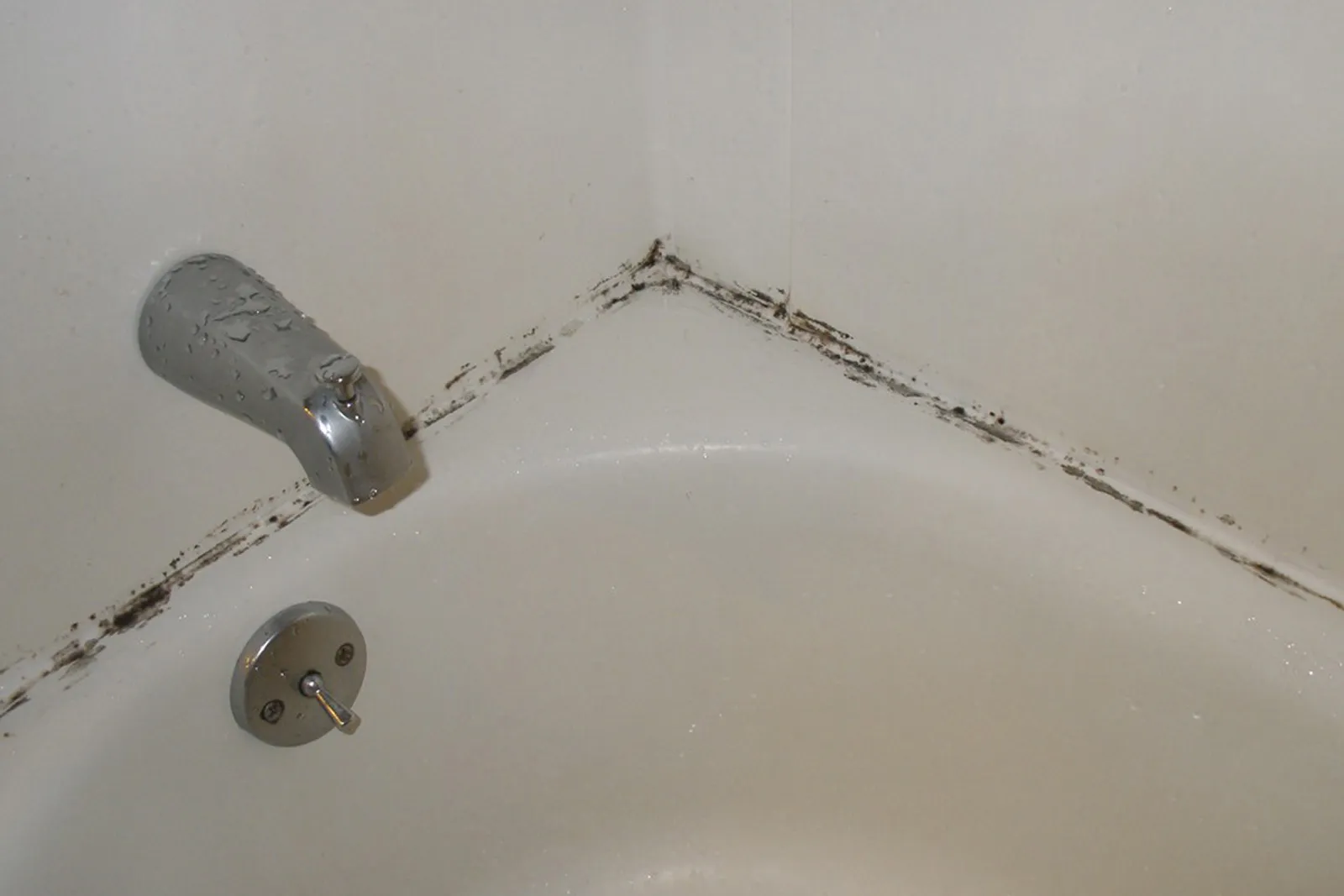
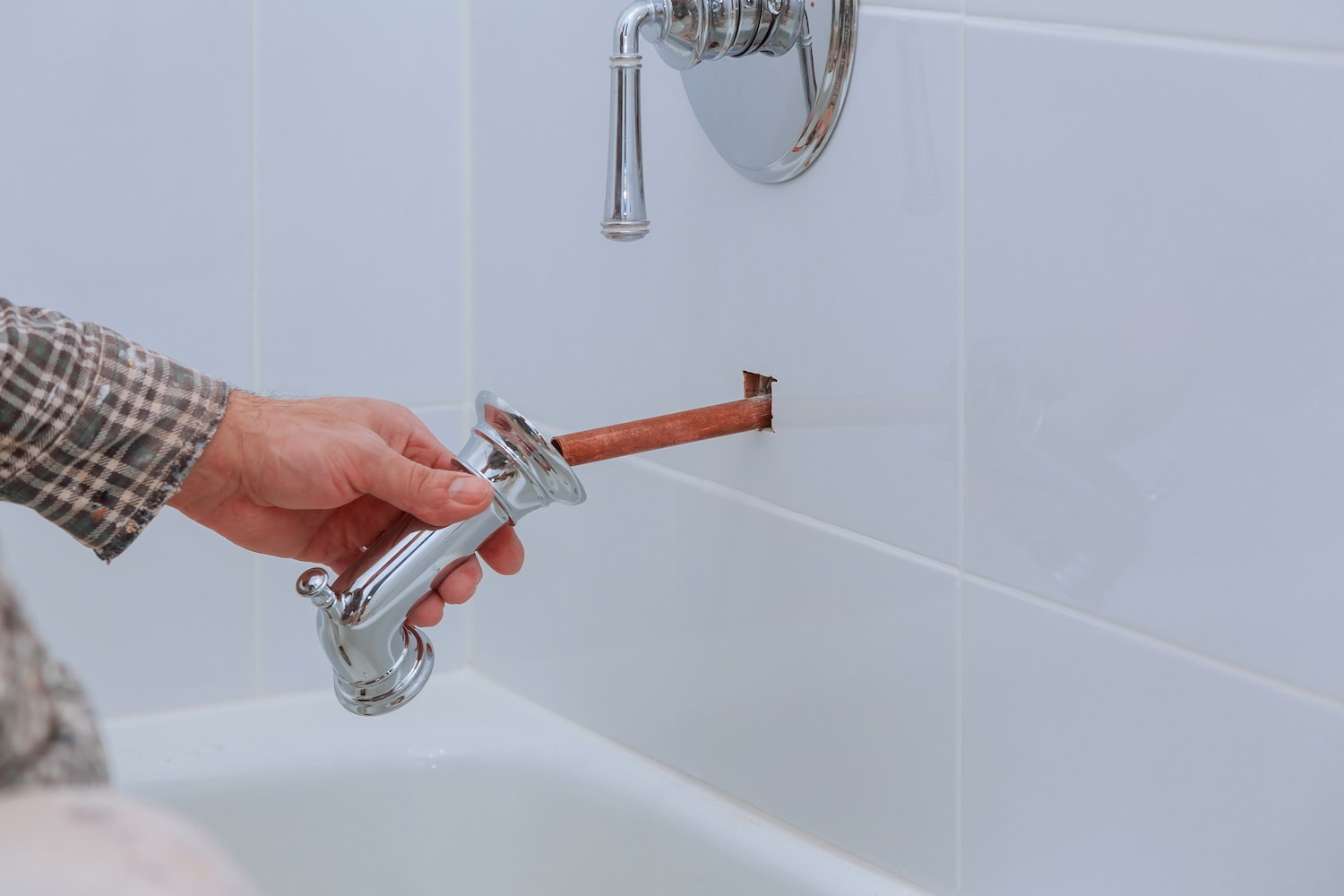


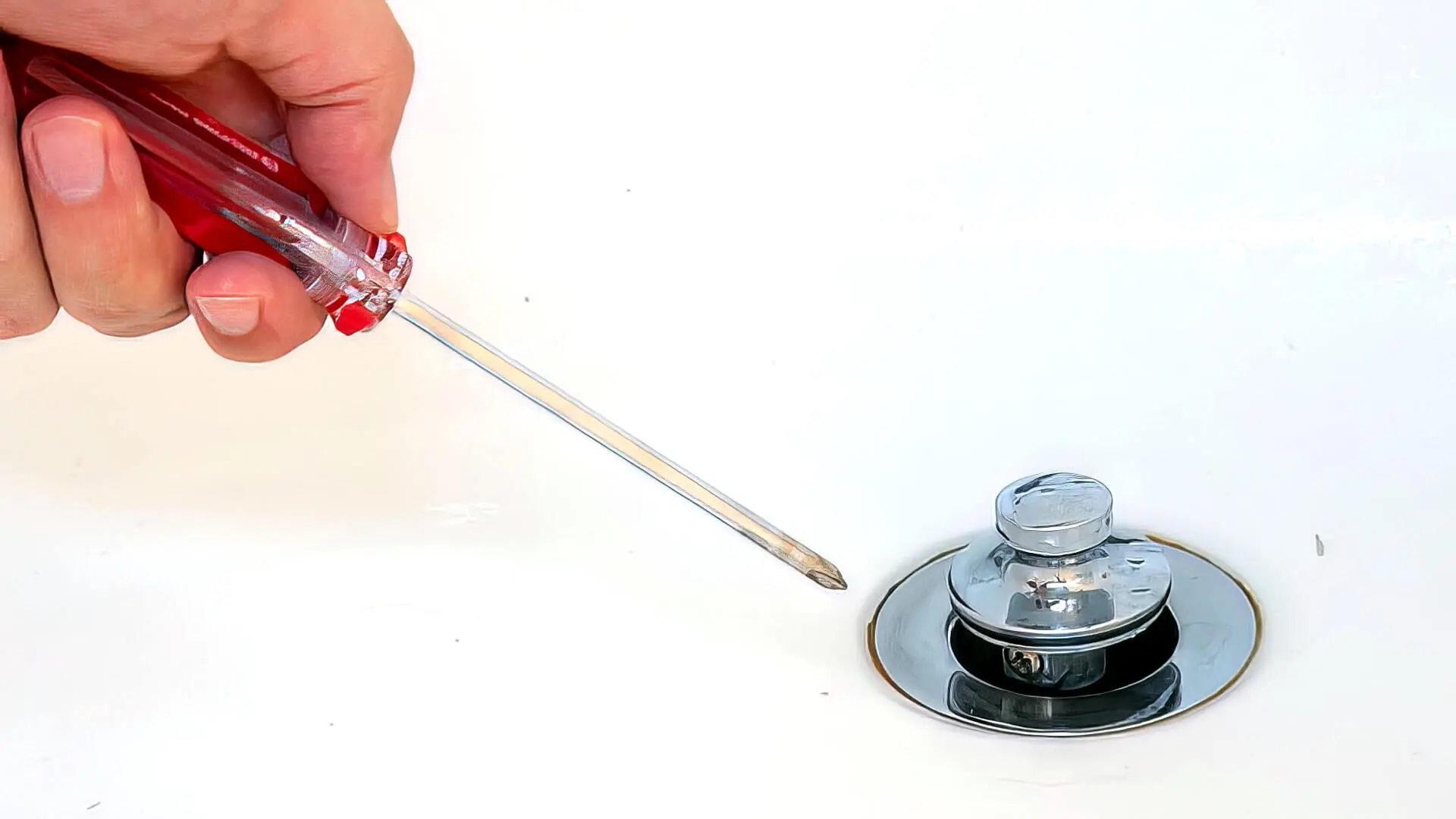
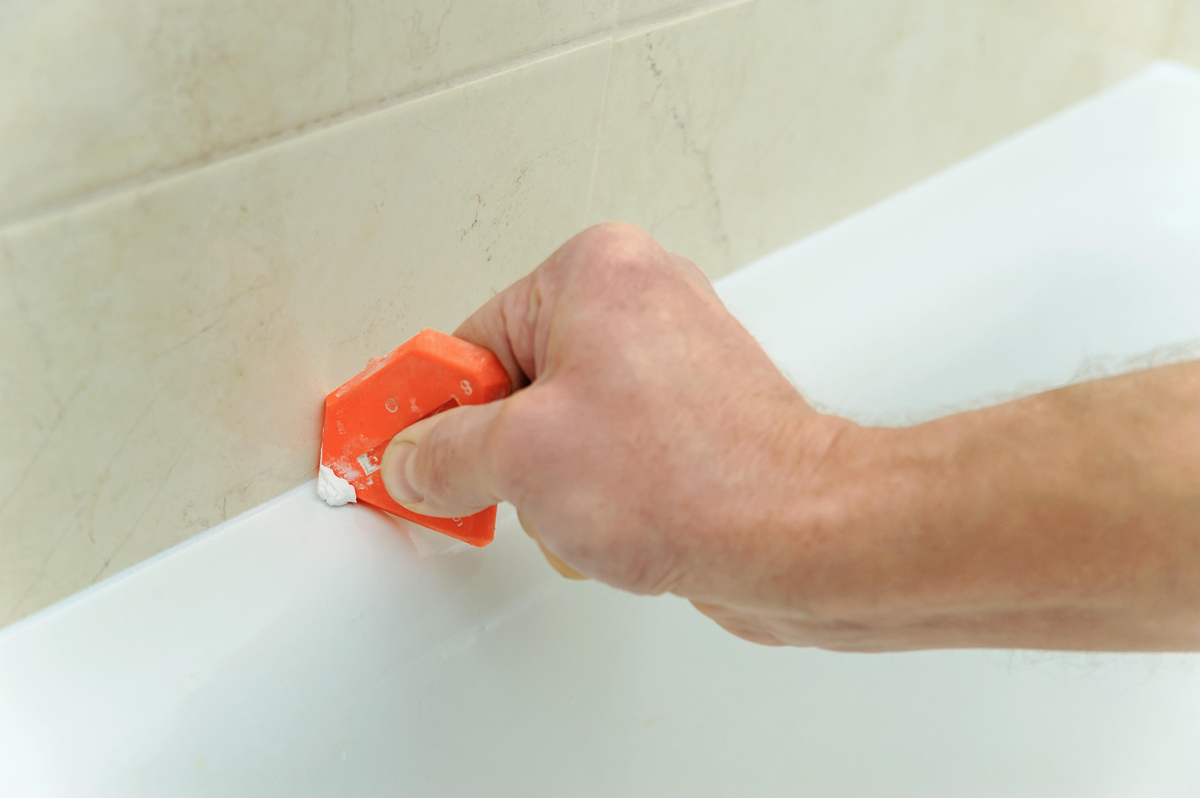

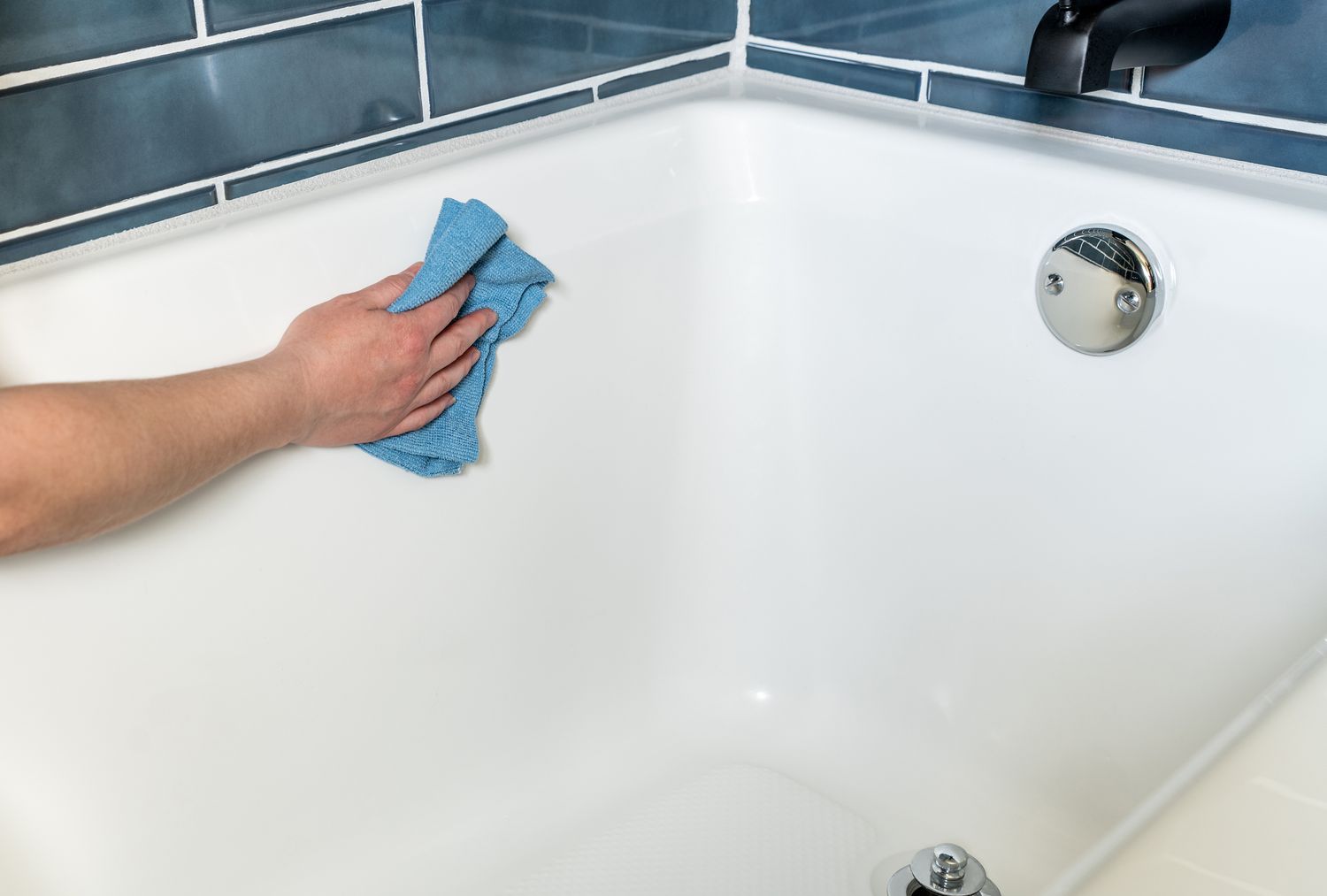
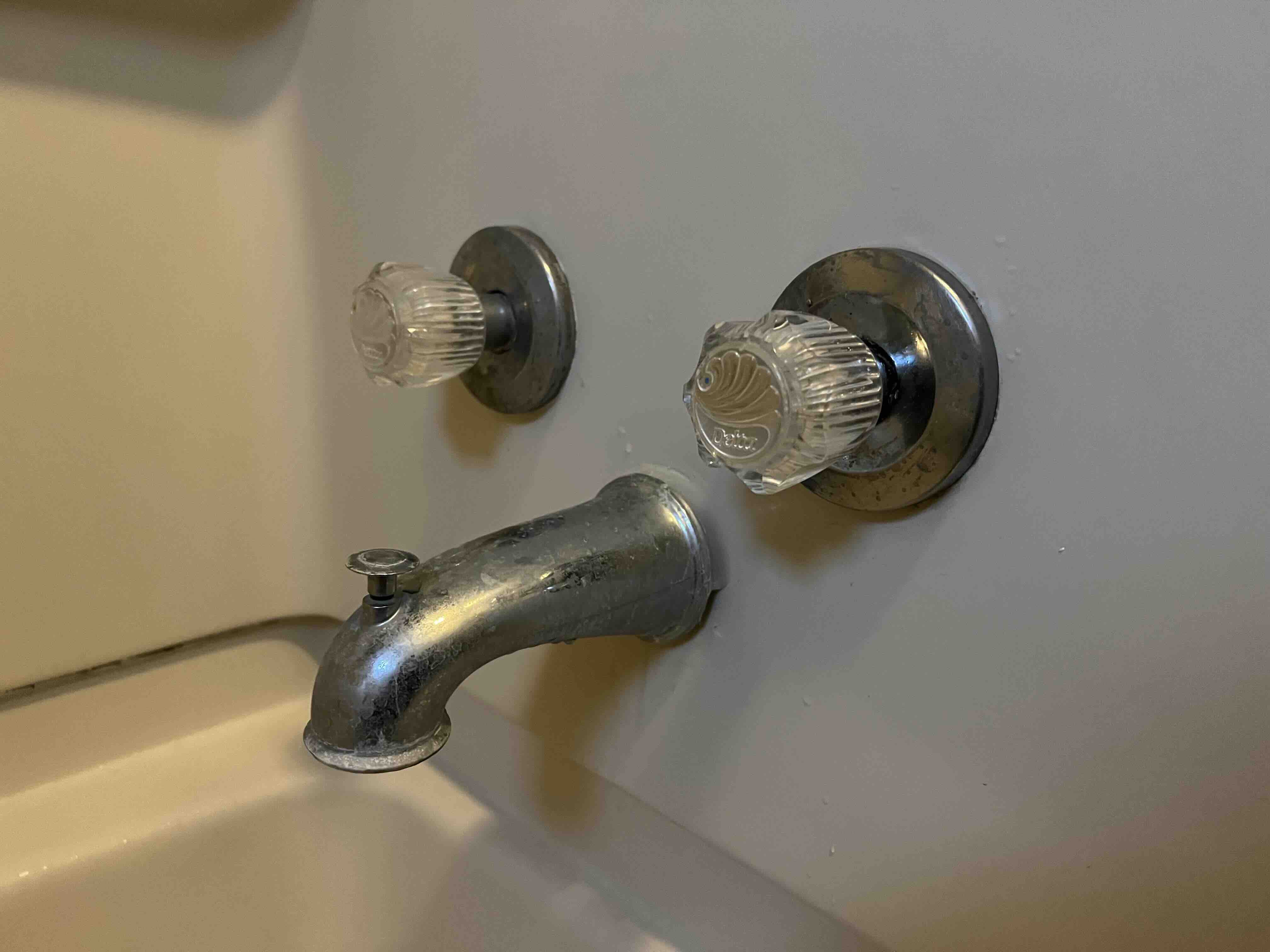
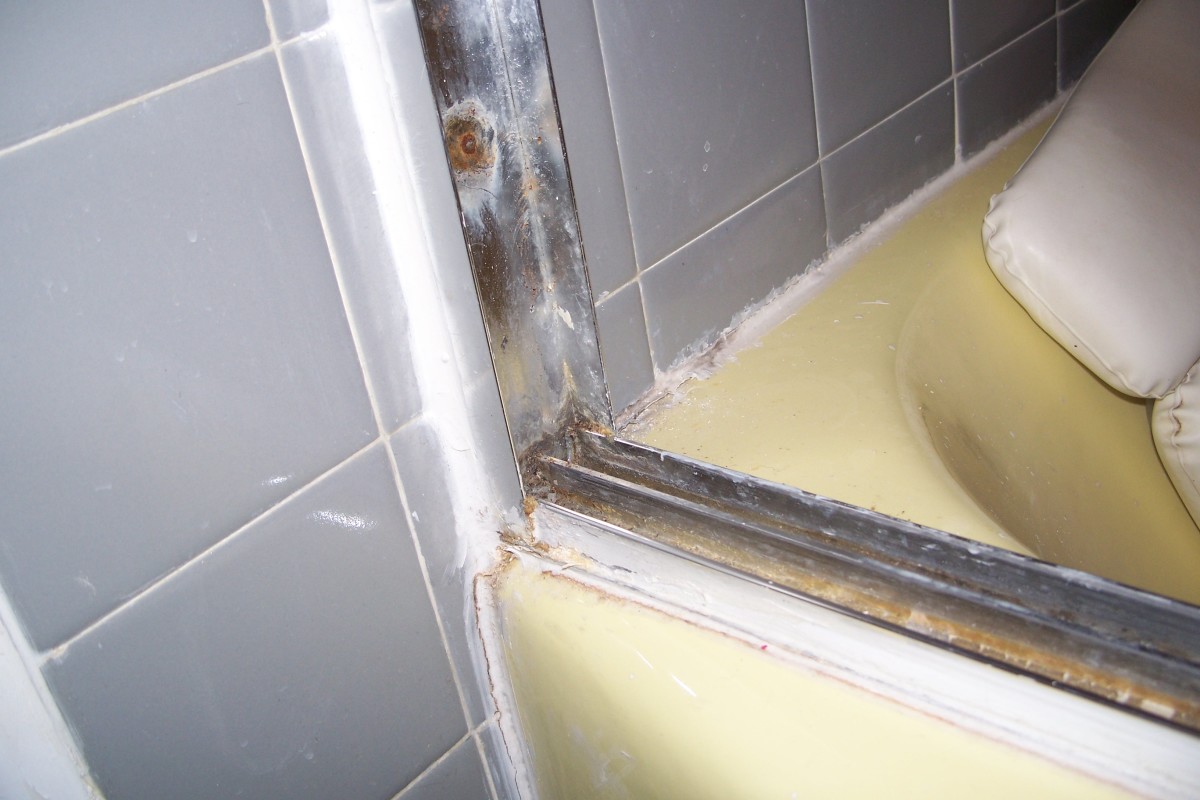
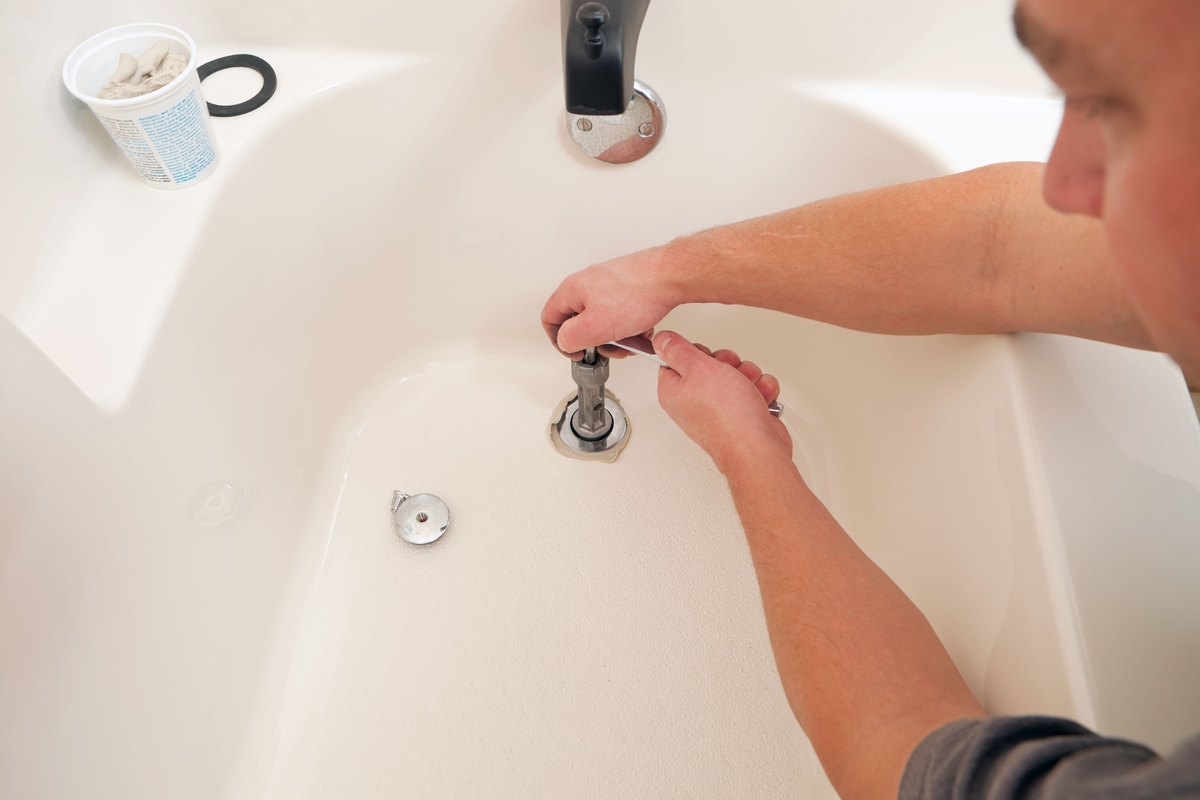

0 thoughts on “The Acidity Of What Food Works To Remove Bathtub Grime?”